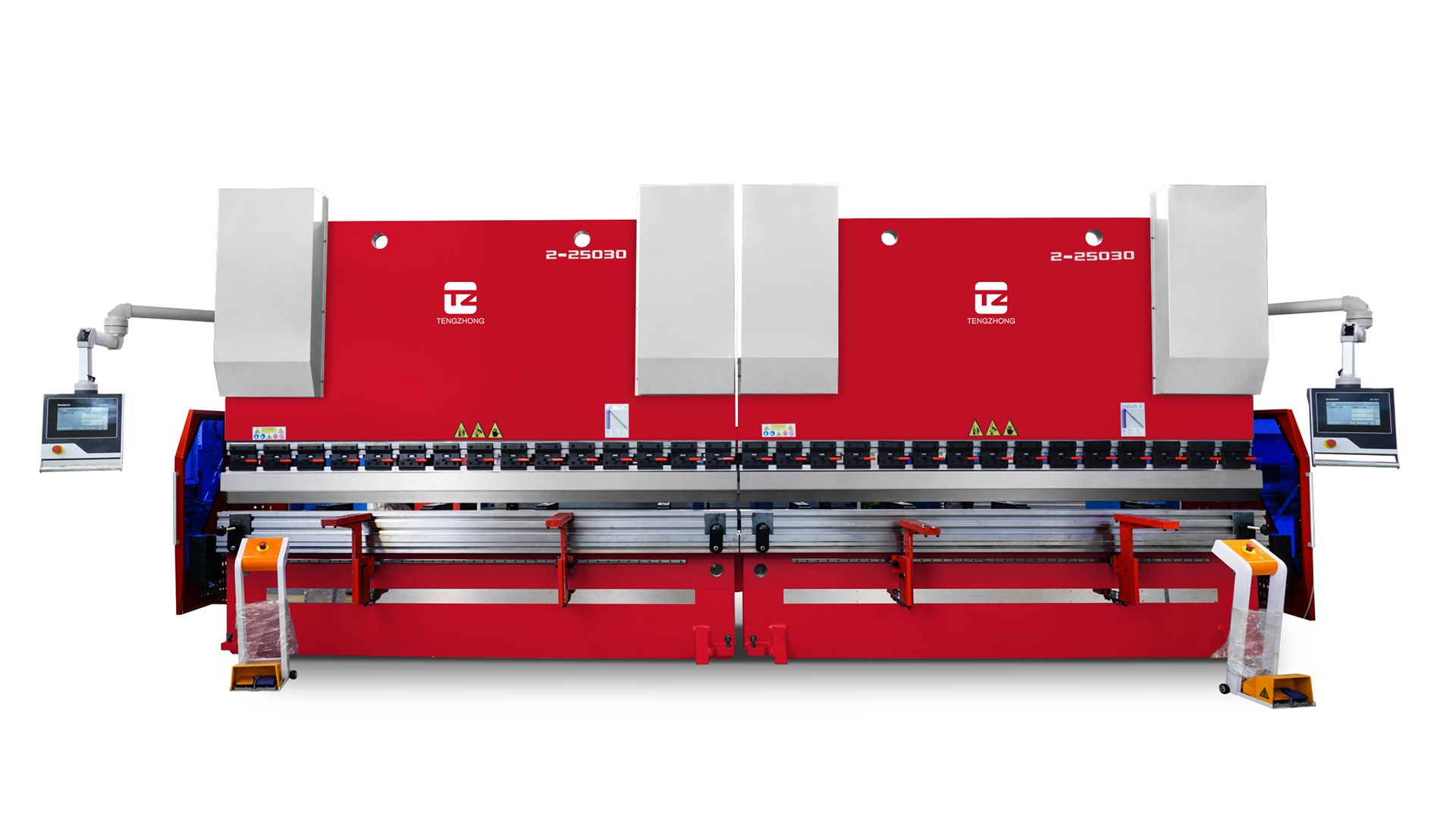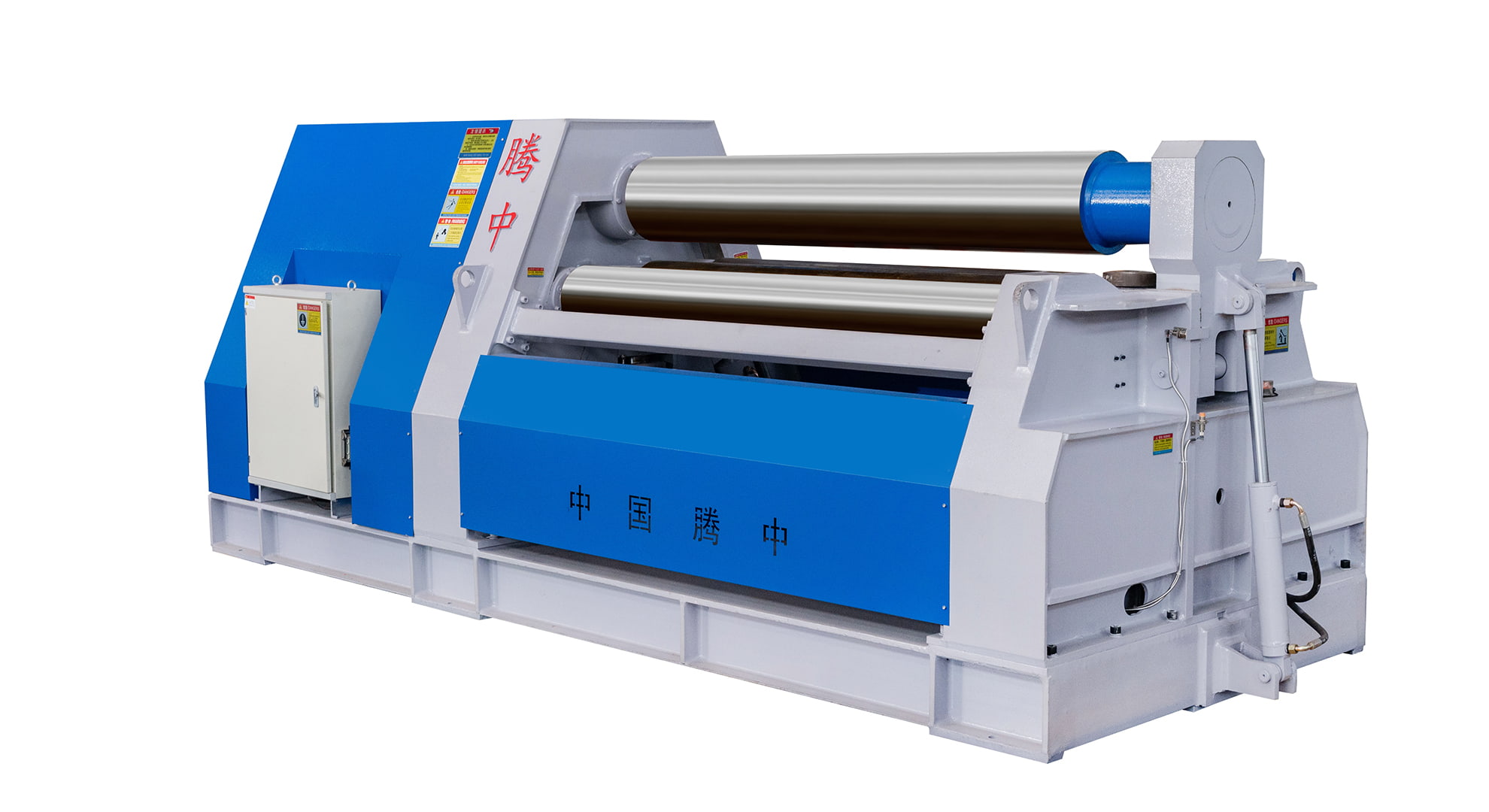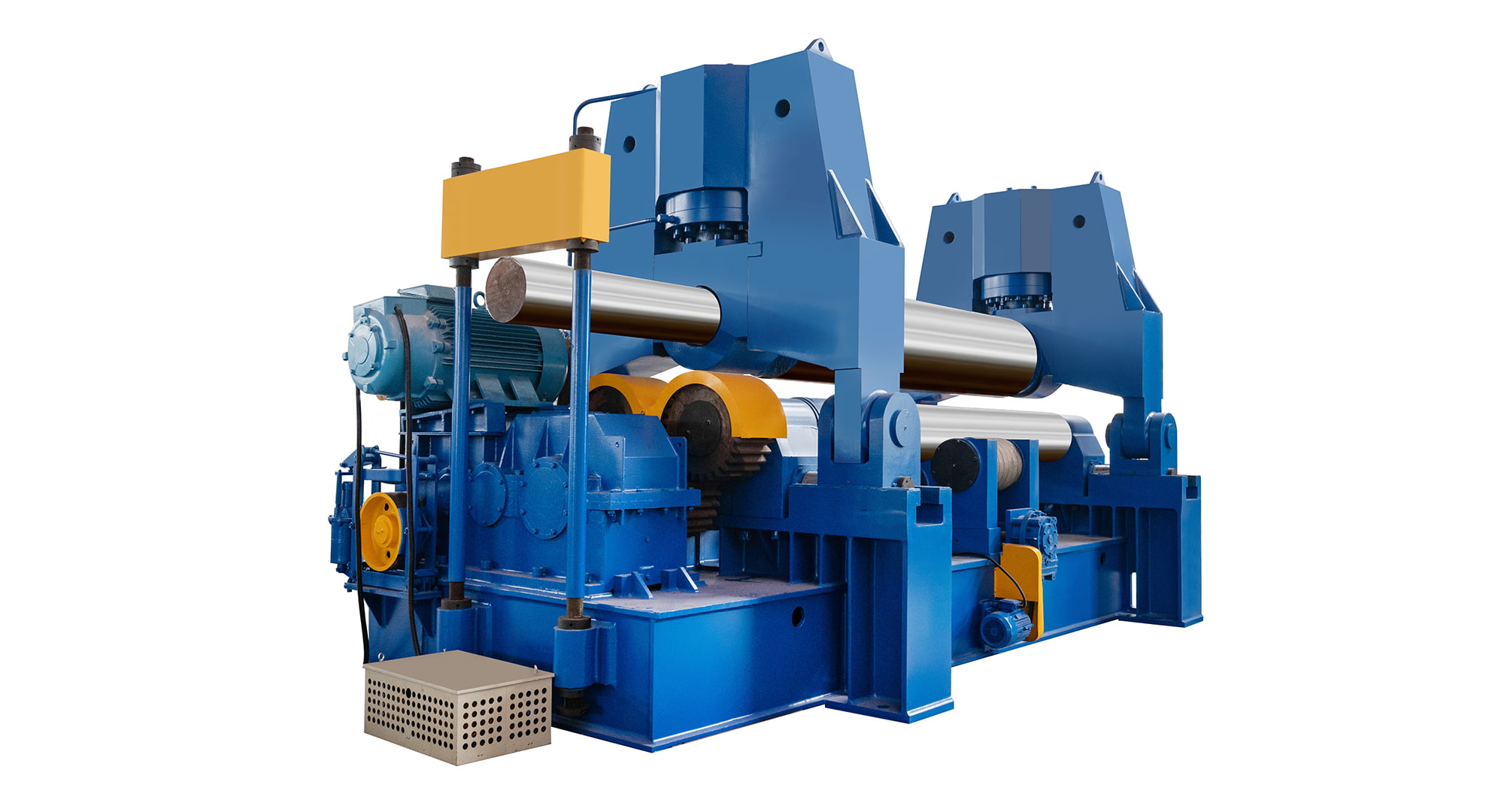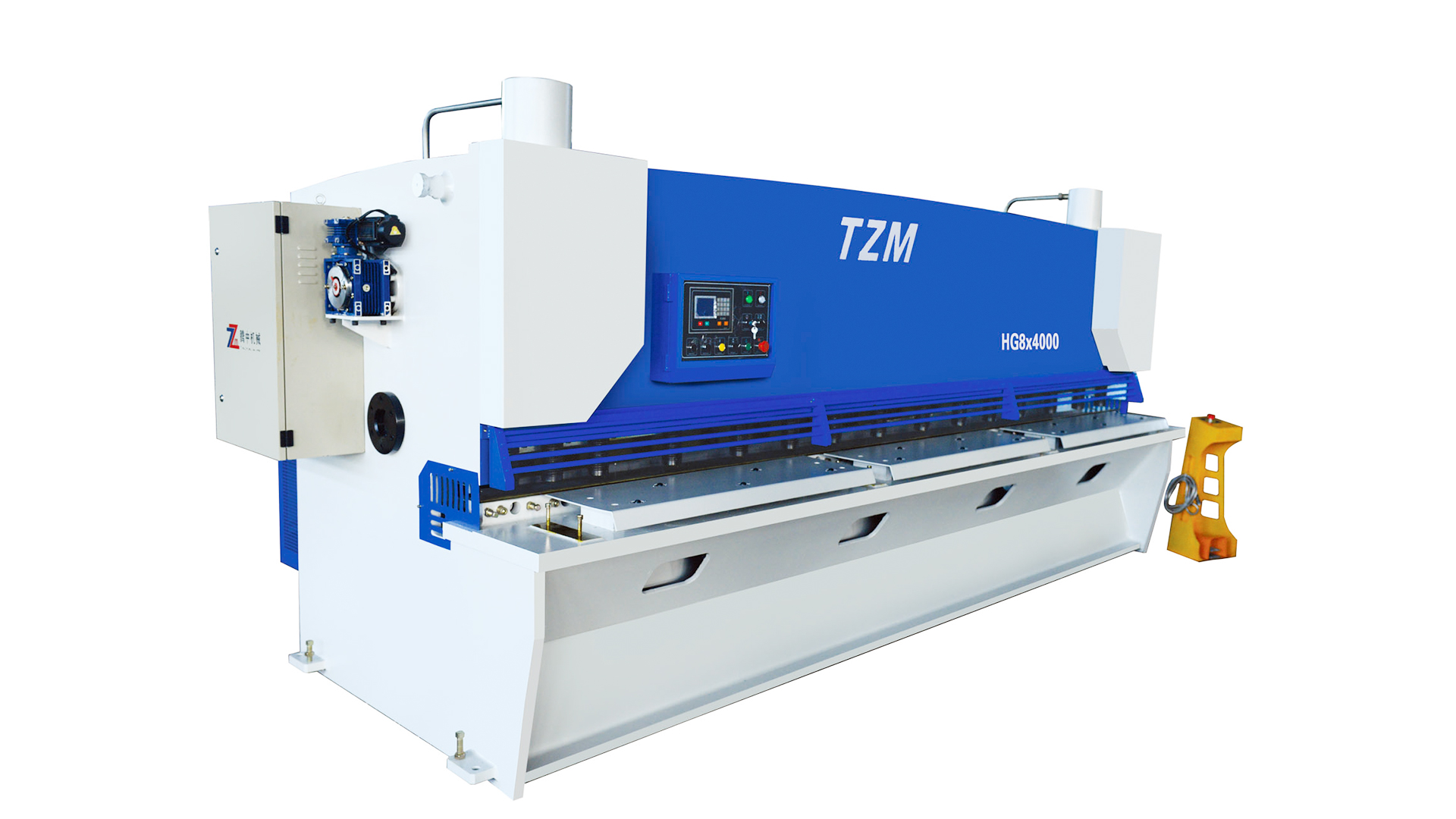Shearing Machine: An Essential Tool in Metal Processing
2025-06-27
A shearing machine is a crucial piece of equipment in the metal - processing industry
It is used to cut metal sheets and plates into various shapes and sizes by applying shear force with a pair of blades. With the development of industry, shearing machines have become more and more sophisticated, playing an important role in many fields such as aerospace, automotive, and construction
Types of Shearing Machines
Special - purpose Shearing Machines
Cold - bending Forming Line Shearing Machines: These are often equipped in production lines like automotive longitudinal beam cold - bending lines, carriage side - board production lines, and color steel plate forming lines. They are designed to meet the specific shearing requirements of these production lines.
Steel Structure Production Line Shearing Machines: Mainly used in the automatic production lines of angle steel and H - section steel, they are responsible for the cutting process.
Plate Uncoiling and Leveling Line Shearing Machines: Used on plate uncoiling and leveling lines, high - speed shearing machines are designed to match the fast - paced production lines. Hydraulic high - speed shearing machines are commonly used for thick plates, while pneumatic shearing machines are more suitable for thin plates. Fly - shearing machines are often equipped on high - speed lines for continuous production, with high efficiency.
Oblique - blade Shearing Machines
The upper and lower blades of this type of shearing machine form an angle. Usually, the upper blade is inclined, and the inclination angle is generally between 1° and 6°. Due to the smaller shearing force compared to flat - blade shearing machines, the motor power and the overall weight of the machine are greatly reduced, so it is the most widely used type, and most shearing machine manufacturers produce this kind of shearing machine.
Flat - blade Shearing Machines
Flat - blade shearing machines can provide good shearing quality with less distortion and deformation. However, they require a large shearing force and consume more energy. Most of them are mechanically driven. The upper and lower blades of this kind of shearing machine are parallel to each other, and they are often used in steel rolling plants to hot - shear the initial rolling square billets and slab billets. According to the shearing method, they can be divided into upper - cutting type and lower - cutting type.
Multi - purpose Shearing Machines
Combined Punching and Shearing Machines: They can not only cut plates but also shear profiles, and are mostly used in the blanking process.
Plate Bending and Shearing Machines: These machines can complete two processes, shearing and bending, on the same equipment.
Working Principle
In a shearing machine, the upper blade is fixed on the tool holder, and the lower blade is fixed on the workbench. There are material - supporting balls installed on the workbench to prevent the plate from being scratched during sliding. The rear stop is used for plate positioning, and its position is adjusted by the motor. The material - pressing cylinder is used to press the plate to prevent it from moving during shearing. The guardrail is a safety device to prevent work - related injuries. The return stroke is usually driven by nitrogen, which is fast and has little impact. After shearing, the shearing machine should ensure the straightness and parallelism of the sheared surface of the plate, and minimize the plate distortion to obtain high - quality workpieces.
Operating Procedures
Pre - work Preparations
Before the no - load test run, manually rotate the machine for one working stroke, and start the equipment after confirming that it is normal.
For equipment with a hydraulic device, check whether the oil quantity in the oil tank is sufficient. After starting the oil pump, check for leakage in valves and pipelines, and ensure that the pressure meets the requirements. Open the air - release valve to release the air in the system.
During - work Precautions
Do not shear stacked plates, trim the edges of rough - edged plates, or shear narrow and short plates that cannot be pressed tightly.
Adjust the gap between the blades according to the thickness of the plate, but it should not be greater than 1/30 of the plate thickness. The blades should be firmly fixed, and the upper and lower blade surfaces should be kept parallel. After adjustment, manually rotate the machine for inspection to avoid accidents.
Keep the blade edges sharp. If the edges become dull or cracked, replace them in time.
When shearing, the material - pressing device should firmly press the plate, and do not shear when the plate is not pressed tightly.
Post - work Operations
After work, lower the upper blade to the lowest position.
Maintenance and Upkeep
Strictly follow the operating procedures.
Add lubricating oil regularly, at the specified points and in the specified quantity according to the lubrication chart before each startup. The oil should be clean and free of sediment.
Keep the machine clean, and apply anti - rust grease to the unpainted parts.
Regularly replace and add lubricating grease to the motor bearings, and frequently check whether the electrical part is working normally and safely.
Regularly check whether the triangular belts, handles, knobs, and buttons are damaged.
Replace the severely worn ones in time and keep spare parts in stock.
Role in Modern Industry
Precision Manufacturing
Shearing machines can exert huge force through special - shaped blades, cutting metal with amazing precision. This enables manufacturers to produce complex - shaped and contoured parts with minimal distortion or burring. The automation of shearing machines ensures consistency and eliminates human errors, so that the processed parts can meet strict specifications, which is crucial for industries with high - precision requirements such as aerospace and electronics.
Efficiency Improvement
The shearing process is highly efficient, which can minimize material waste and production time. Advanced shearing machines can process multiple metal plates at the same time, greatly increasing production capacity and reducing labor costs, thus bringing higher economic benefits to enterprises.
Wide - range of Applications
Shearing machines are widely used in many industries. In the automotive industry, they are used to produce body panels and frames; in the construction industry, they are used to process structural steel beams and roof panels; in the electronics industry, they are used to manufacture circuit boards and electronic enclosures, etc.
In conclusion, the shearing machine is an indispensable and important equipment in modern metal processing. With the continuous progress of technology, it will continue to be upgraded and improved, and play a greater role in more fields.

 English
English русский
русский Français
Français Español
Español Português
Português عربى
عربى










